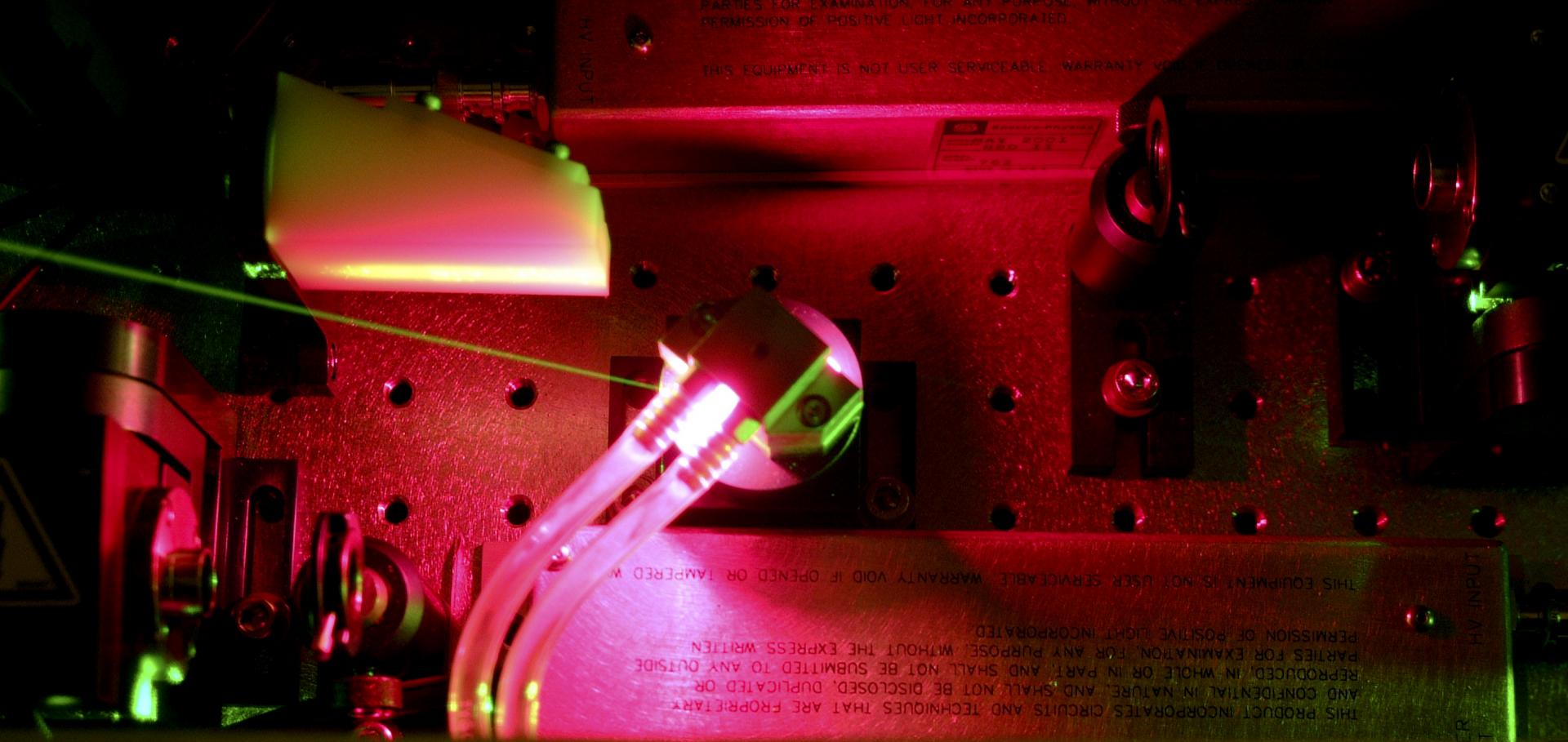GeV laser-plasma electron acceleration in a cm-scale capillary waveguide
Optics InfoBase Conference Papers (2006)
Abstract:
33 mm plasma channels produced in a gas-filled capillary discharge and 40 TW, 40 fs laser pulses were used to produce GeV electron beams in a multi-table-top setup. © 2006 Optical Society of America.GeV laser-plasma electron acceleration in a cm-scale capillary waveguide
Optics InfoBase Conference Papers (2006)
Abstract:
33 mm plasma channels produced in a gas-filled capillary discharge and 40 TW, 40 fs laser pulses were used to produce GeV electron beams in a multi-table-top setup.Energy extraction from pulsed amplified stimulated emission lasers operating under conditions of strong saturation
JOURNAL OF THE OPTICAL SOCIETY OF AMERICA B-OPTICAL PHYSICS 23:6 (2006) 1057-1067
GeV laser-plasma electron acceleration in a cm-scale capillary waveguide
Optica Publishing Group (2006) jthb1
Laser-driven particle accelerators: new sources of energetic particles and radiation - Introduction
PHILOSOPHICAL TRANSACTIONS OF THE ROYAL SOCIETY A-MATHEMATICAL PHYSICAL AND ENGINEERING SCIENCES 364:1840 (2006) 553-557


